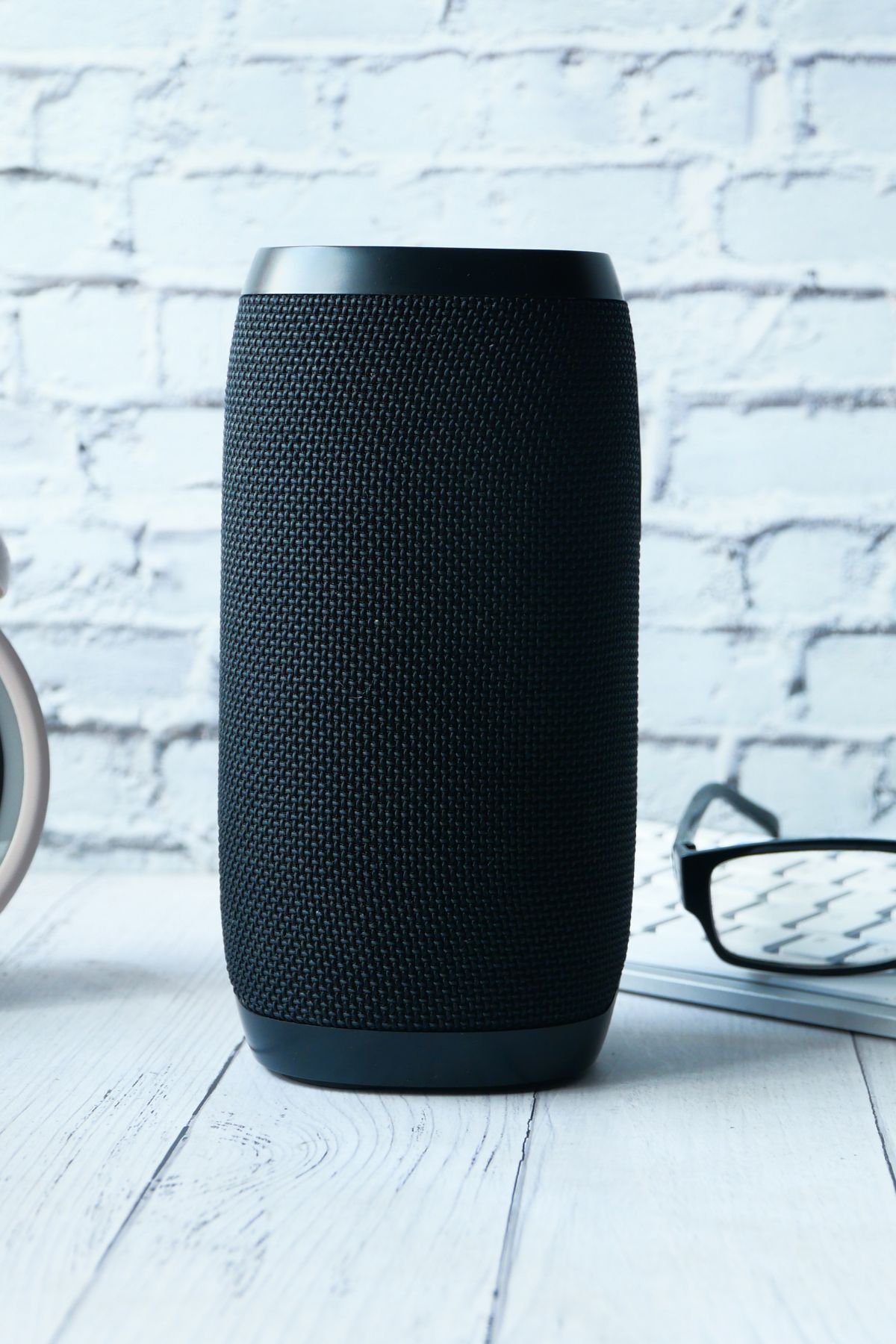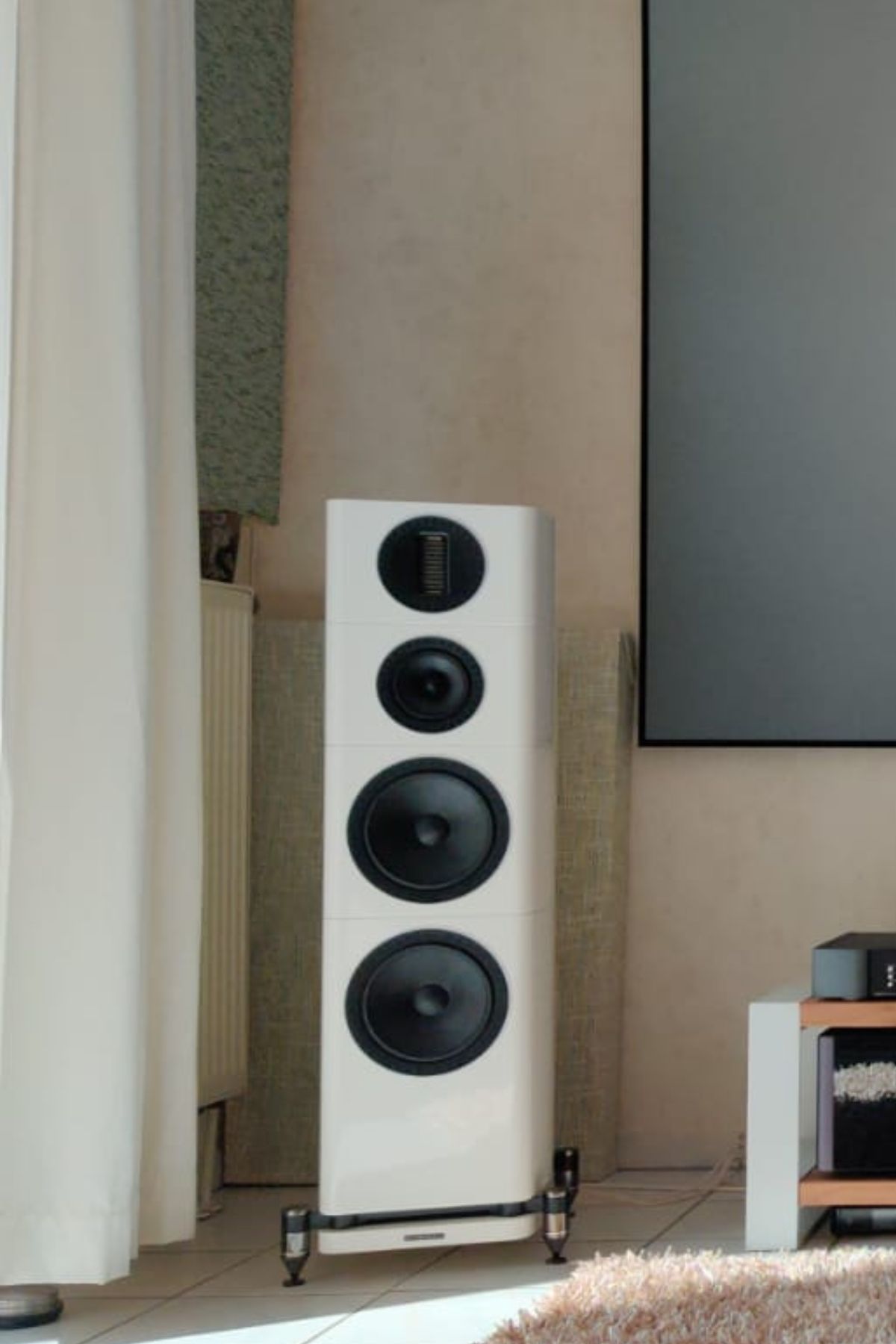An SPL calculator is an essential tool for anyone working with sound measurement, audio equipment, or noise control.
SPL Calculator
SPL stands for Sound Pressure Level, and it quantifies how loud a sound is by measuring its pressure relative to a reference level—typically the quietest sound the average human ear can detect. Expressed in decibels (dB), this measurement helps users understand and compare different sound intensities in both everyday and professional environments.
Because sound pressure increases logarithmically—not linearly—doing the math manually can be tricky and prone to errors. This is where an SPL calculator becomes invaluable. Whether you're an audio engineer setting up a live concert, a home theater enthusiast optimizing speaker placement, or an HVAC technician verifying noise compliance, a sound pressure level calculator helps ensure accurate, actionable readings.
In this guide, we’ll explain how SPL calculators work, what factors they consider, and how to use one effectively for real-world scenarios. We’ll also introduce a free, interactive SPL calculator you can use right from this page.
What Is Sound Pressure Level (SPL)?
Sound Pressure Level (SPL) is a measure of how intense or loud a sound is. It’s based on the pressure fluctuations that a sound wave causes in the air—something our ears interpret as volume. SPL is expressed in decibels (dB) and calculated using a logarithmic scale, which better reflects how humans perceive changes in loudness.
The standard formula for SPL is:
SPL (dB) = 20⋅log10(p/p₀ )
Where:
- p is the measured sound pressure in Pascals (Pa),
- p₀ is the reference sound pressure, set at 20 µPa (micropascals), which represents the threshold of human hearing at 1 kHz.
This logarithmic scale means that every doubling of sound pressure results in about a 6 dB increase in SPL. For example, a whisper might measure around 30 dB, while a rock concert could exceed 110 dB.
Understanding SPL is crucial for safe and effective audio design, especially when working with speakers, amplifiers, or in environments where noise regulation matters. An SPL calculator simplifies this process by handling the complex math and giving you fast, accurate results.

Why Use an SPL Calculator?
Calculating sound pressure levels manually involves logarithmic equations and careful unit conversions—not something most people want to do on the fly. An SPL calculator eliminates that complexity by providing fast, reliable results based on a few key inputs. It’s especially helpful in fields where precision matters, such as audio engineering, acoustics, industrial safety, and product design.
One of the most common uses of an SPL calculator is to predict how loud a speaker or sound source will be at a specific distance. Since sound pressure decreases with distance and increases with power, being able to model these changes accurately can save time, money, and prevent audio issues like distortion or underpowering a system.
Other practical scenarios include:
- Verifying noise levels in workplaces to ensure compliance with OSHA or NIOSH standards
- Designing home theater or studio setups with balanced acoustics
- Planning PA systems for concerts, conferences, or outdoor events
- Combining multiple sound sources to predict total SPL output
With just a few inputs—like pressure, distance, or power—you can get a detailed decibel reading without any guesswork. Whether you're a pro or a hobbyist, a good SPL calculator turns complex physics into usable insights.
Key Features of an SPL Calculator
A well-designed SPL calculator goes beyond basic conversions. It allows users to model and predict how sound behaves in different conditions by factoring in variables like distance, power, and the number of sound sources. Below are the most important features found in professional-grade calculators.
a. Sound Pressure to dB Conversion
This is the core function of any SPL calculator. It converts raw sound pressure values (in Pascals) into decibels (dB SPL) using the standard formula. This is especially useful when working with scientific measurements or microphone outputs. It tells you how loud a sound is relative to the threshold of hearing.
b. Distance Adjustment (Inverse Square Law)
As you move farther from a sound source, the SPL drops. An SPL calculator can adjust for this change using the inverse square law, which states that every doubling of distance results in a 6 dB decrease in SPL. This is critical when planning speaker placements or verifying compliance with noise regulations.
c. Power Adjustment (Amplifier Wattage)
SPL increases as you boost power to a speaker. A calculator can show how much louder a system gets as you increase wattage. In general, doubling the power adds about 3 dB to the output, assuming the speaker handles it efficiently.
d. Combining Multiple Sound Sources
Adding two sound sources doesn’t double the dB value. Instead, the SPL calculator uses a logarithmic formula to combine levels. For example, combining two identical 85 dB sources results in 88 dB, not 170 dB. This feature helps you predict the real-world outcome of adding speakers to a space.
e. Speaker Sensitivity Mode
This feature allows you to calculate the predicted SPL from a speaker based on its sensitivity rating (e.g., “88 dB @ 1W/1m”). You can enter the power being supplied and the distance from the speaker to determine the actual SPL in your environment—essential for audio installations and speaker matching.
These features make an SPL calculator not just a convenience, but a precision tool for designing and optimizing sound environments.
How to Use This SPL Calculator (Step-by-Step)
Using an SPL calculator is straightforward, even if you're not a sound engineer. Here's how to get accurate results in different scenarios using the calculator on this page.
Step 1: Calculate SPL from Sound Pressure (Pa)
If you have a sound pressure reading in Pascals from a measurement device or simulation:
- Enter the value into the “Sound Pressure” input.
- Click Calculate SPL.
- The calculator will output the decibel level using the standard formula:
SPL (dB) = 20 * log10(P/Pref)
Step 2: Adjust SPL Based on Distance
To estimate how sound levels change as you move farther away:
- Enter the original SPL (e.g., 85 dB).
- Enter the reference distance (where that SPL was measured).
- Enter the new distance.
- Click Adjust SPL.
The calculator will reduce the SPL according to the inverse square law.
Step 3: Adjust SPL Based on Power
If you’re increasing or decreasing amplifier power:
- Enter the original power (typically 1 Watt).
- Enter the new power output.
- Click Adjust SPL.
The result will show how many decibels louder or quieter the new power level makes the system.
Step 4: Combine Multiple Sound Sources
When using more than one speaker or noise source:
- Enter individual SPL values (e.g.,
85, 82, 88). - Click Combine SPLs.
The calculator will apply logarithmic addition and return the total combined SPL.
Step 5: Predict SPL from Speaker Sensitivity
To find out how loud a speaker will be in your room:
- Enter the sensitivity rating (e.g., 88 dB @ 1W/1m).
- Enter the power being supplied to the speaker.
- Enter the listening distance.
- Click Predict SPL.
You’ll get an accurate SPL prediction for your specific setup.
Whether you're tuning a system or checking safety thresholds, this SPL calculator helps you make smart, data-driven decisions.

SPL Calculator Use Cases
The versatility of an SPL calculator makes it a valuable asset across a wide range of industries. From concert venues to construction zones, accurately predicting and controlling sound levels is essential for performance, safety, and compliance.
Home Theater Design
When building or upgrading a home audio system, an SPL calculator helps you:
- Predict loudness at the seating position based on speaker specs.
- Adjust for room size and layout by factoring in distance.
- Avoid overloading or underpowering your speakers.
Live Sound & Events
For audio engineers managing concerts, conferences, or outdoor events:
- Combine SPL from multiple speakers to ensure even coverage.
- Predict audience-level sound pressure to comply with safety regulations.
- Fine-tune speaker placement and amplifier settings before setup.
Workplace Noise Compliance
In industrial or commercial environments:
- SPL calculators help assess compliance with OSHA and NIOSH noise exposure limits.
- Engineers can evaluate whether hearing protection is needed.
- Facilities teams can model changes before installing new machinery.
HVAC and Equipment Design
Product developers and mechanical engineers use SPL calculators to:
- Estimate noise output of fans, compressors, or vents at various distances.
- Combine sources to determine total environmental noise.
- Compare prototypes for quiet operation and user comfort.
Mobile and Embedded Audio Systems
Device designers working on smartphones, alarms, or embedded electronics can:
- Translate small-scale sound pressure outputs into dB SPL.
- Simulate loudness based on component distance and power.
- Validate speaker performance in compact enclosures.
In all these cases, an SPL calculator not only saves time but also enhances accuracy—helping professionals make better, data-backed decisions about sound.
Common SPL Ranges (Comparison Table)
To understand what the numbers from an SPL calculator really mean, it's helpful to compare them with everyday sounds. Below is a table of typical sound pressure levels, measured in decibels (dB), and the environments or sources they correspond to.
| Sound Source | SPL (dB) | Example Use |
|---|---|---|
| Threshold of Hearing | 0 dB | Barely audible to humans |
| Rustling Leaves | 20–30 dB | Very quiet room, soft natural sounds |
| Whisper | 30 dB | From about 1 meter |
| Quiet Library | 35–40 dB | Reading environments |
| Normal Conversation | 60 dB | At 1 meter distance |
| Vacuum Cleaner | 70 dB | Household noise |
| City Traffic (inside car) | 80–85 dB | Everyday urban background |
| Lawnmower or Leaf Blower | 90–100 dB | Hearing protection recommended |
| Rock Concert / Nightclub | 110–120 dB | Pain threshold begins |
| Jet Engine (100 feet away) | 130 dB | Immediate hearing damage risk |
| Gunshot / Fireworks (close) | 140–160 dB | Instantaneous hearing damage |
Note: Prolonged exposure to sounds above 85 dB can lead to hearing loss. Always use hearing protection in high-SPL environments.
This chart helps users interpret their SPL calculator results and take appropriate actions—whether it's adjusting volume, changing distance, or using protective equipment.

Try Our Free Online SPL Calculator
Ready to put your sound predictions to the test? Use our free SPL calculator below to instantly estimate sound pressure levels, distance-based attenuation, power-driven amplification, and combined outputs from multiple sources—all in one easy-to-use tool.
🎯 Features Include:
- Sound Pressure ➝ dB SPL Converter
Enter Pascals to calculate exact SPL values using the standard logarithmic formula. - Distance-Based SPL Adjustment
See how loudness changes as you move closer to or farther from a speaker. - Power Amplification Model
Increase wattage and find out how much louder your system will be. - Multiple Source Combination
Combine SPL values from several speakers or devices using accurate dB addition. - Speaker Sensitivity Mode
Input a manufacturer rating (e.g., 88 dB @ 1W/1m), add your amp power and listener distance, and predict actual output levels.
Whether you're fine-tuning your home theater, planning a live event, or checking if your environment is too noisy, this SPL calculator makes it easy to get reliable insights without the math headache.
👉 Scroll back to the calculator section above and start testing your setup now!
Conclusion
An SPL calculator is more than just a convenience—it’s a critical tool for anyone working with sound. Whether you're managing an audio setup, ensuring workplace safety, or designing a quiet product, understanding sound pressure levels helps you make smarter, safer, and more informed decisions.
By using this calculator, you can:
- Quickly convert sound pressure to decibels
- Predict how sound behaves over distance and power
- Estimate combined loudness from multiple sources
- Model speaker output based on sensitivity ratings
While real-world acoustics are complex, this tool provides a solid foundation for accurate estimates, helping you avoid costly mistakes and optimize performance.
Try the calculator above, experiment with different scenarios, and bookmark this page for future use. If you found this helpful, feel free to share it with your team or clients—and explore more calculators and audio tools on our site.
